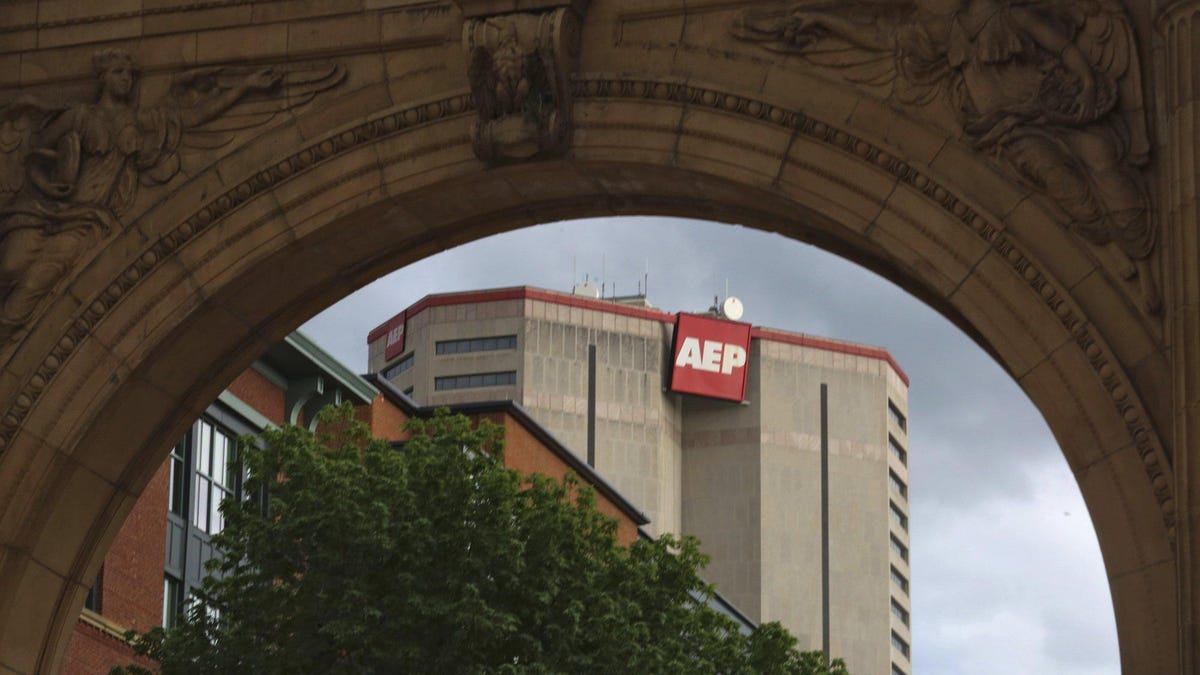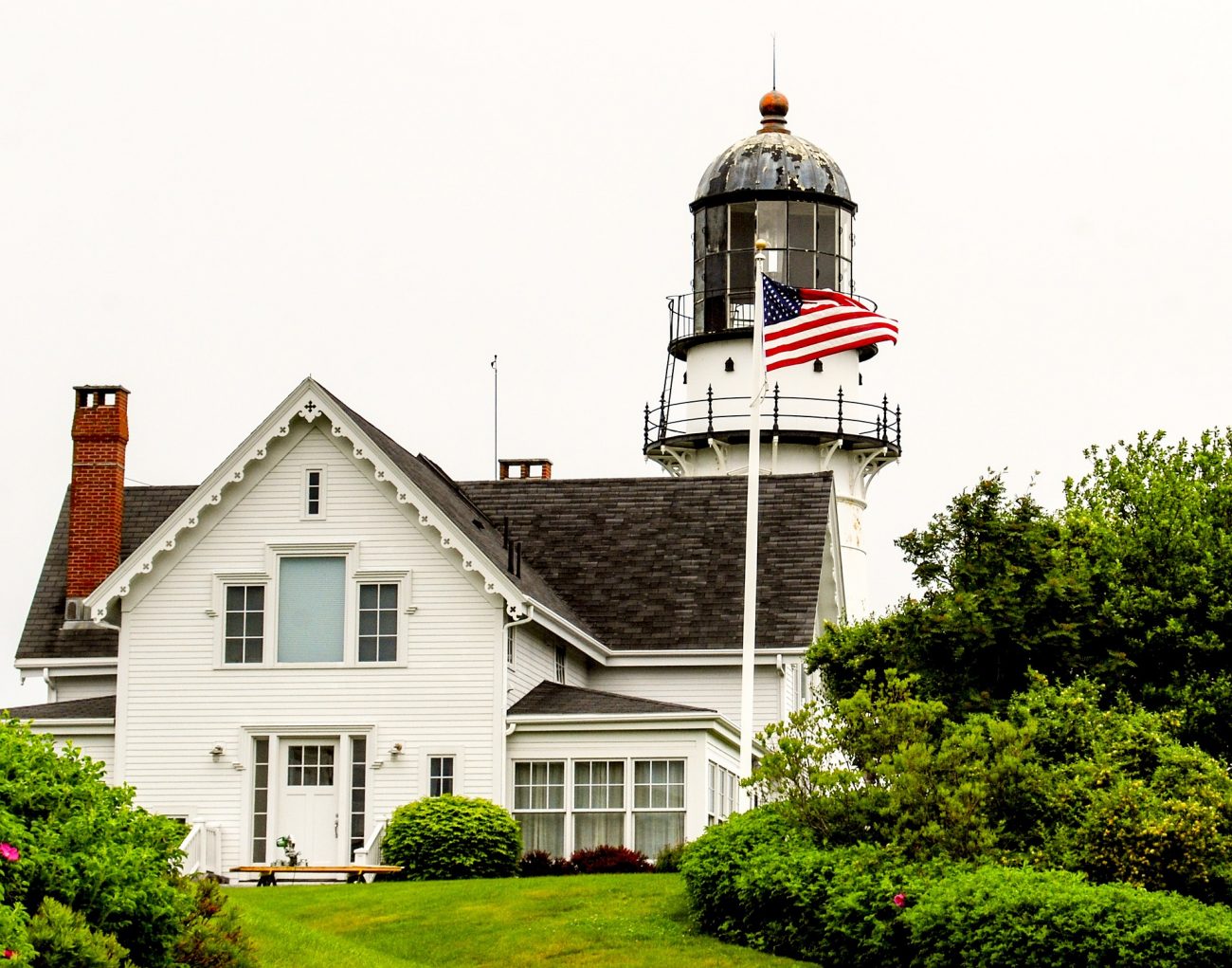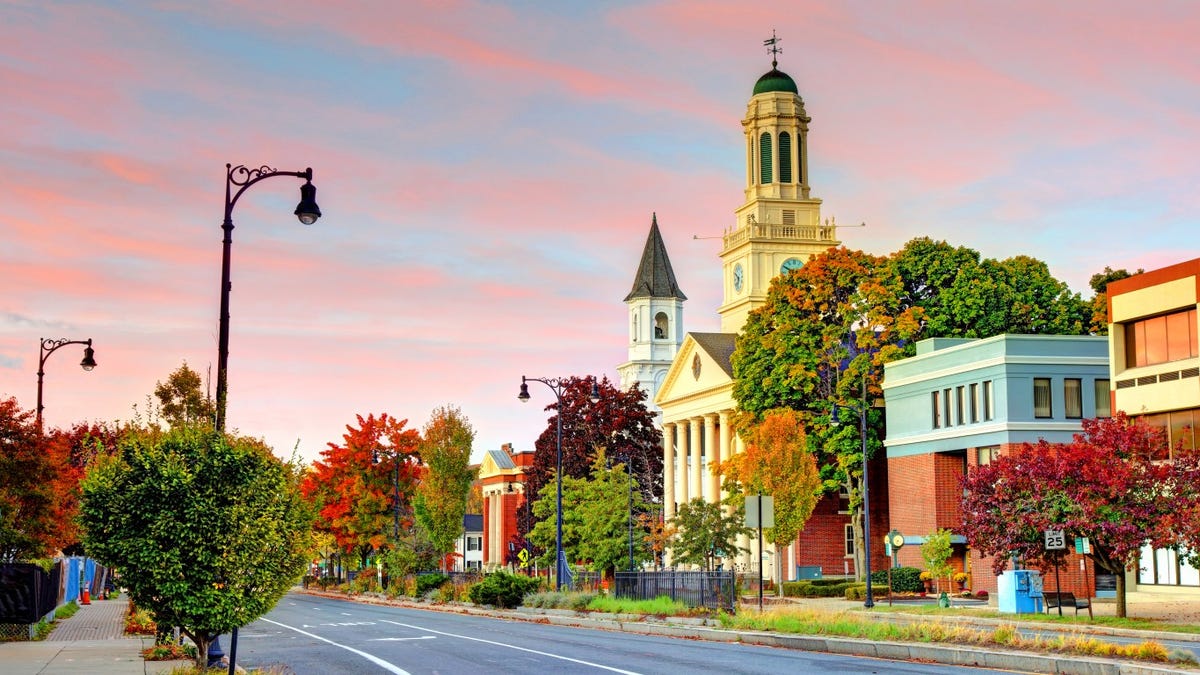San Francisco, CA
Driverless cars are driving San Francisco crazy — ‘They are not ready for prime time’

A street was blocked for road work in my San Francisco neighborhood this month, with a worker holding a large STOP sign to direct traffic.
A white car did as instructed, stopping in the middle of the intersection and blocking traffic at the four way intersection. No one was in the driver’s seat and there were no passengers, nor any training drivers — it was a Cruise driverless car, one of many that have flooded streets in the city in the last two years.
The public works employee holding the sign was flummoxed as how to get the car to move away. After several minutes, the car slowly backed its way out and crossed the street, but ended up on the wrong side. After another 10 minutes, it managed to pull itself together, get in the right lane and drive down the hill.
Most San Francisco residents can tell a similar story. The growing driverless car fleets in San Francisco are both a fascinating glimpse of science fiction come to life and a scary example of how Big Tech and auto companies have run roughshod over a congested city, with technology that really isn’t ready yet and little regulation to keep it at bay.
Now, the problem is coming to a head. San Francisco public officials have had enough, and are speaking out about safety threats ahead of a hearing next month that could let companies expand into larger fleets of fare-generating robotaxis.
“They are not ready for prime time,” San Francisco Fire Chief Jeanine Nicholson told MarketWatch in an interview.
“They have run over our hoses, they have blocked our fire engines from going on calls, they have just blocked our vehicles from getting down streets where there is a possible fire. They have just done a multitude of things. We had to break the window of one once because we could not get its attention,” Nicholson said.
While the average citizen can laugh at the stalled cars in city streets, the vehicles represent a major impediment for first responders. The San Francisco fire chief believes they put the city’s firefighters and residents at risk.
“Response time matters — a fire can double in size in a minute,” she said.
Aaron Peskin, president of the city’s Board of Supervisors, said there have been 66 incidents in which driverless cars interfered with first responders this year. But the city has little control over the cars operated by Cruise, a unit of General Motors Co.
GM,
and Waymo LLC, a subsidiary of Google parent Alphabet Inc.
GOOG,
GOOGL,
Both companies already have Department of Motor Vehicle permits to deploy a driverless passenger taxi service, a process Peskin described as “Kafka-esque.”
“You have this thing where the DMV colluded with the industry to redact information that otherwise was public,” he said, referring to the result of a lawsuit Waymo filed last year against the DMV to keep its crash data private, arguing that it held trade secrets. “The funny thing is it’s not like San Francisco is trying to say ‘let’s put the genie back in the bottle.’ We are trying to ensure that our streets are safe. They have become too congested.”
Both companies are seeking to expand their operations into fare-generating robotaxis in San Francisco, leading to a crucial meeting of California’s Public Utility Commission now slated for July. Waymo is seeking to begin passenger robo-taxi service in the city, while Cruise is seeking to expand its passenger robo-taxi service to the entire city, 24 hours a day, and remove exclusions of steep hills and roundabouts, deploying 100 vehicles. Helpfully for the companies, one PUC commissioner appointed by Gov. Gavin Newsom in 2021 is John Reynolds, who was managing counsel of Cruise until 2019.
Resistance is building locally and nationally. Cathy Chase, president of Advocates for Highway and Auto Safety, a nonprofit in Washington seeking more regulation and data transparency on autonomous vehicles as part of its mission for more highway and road safety, said it was “illogical and irresponsible at best, and dangerous and deadly at worst, to go forward with any expansion until the significant problems have been resolved.”
The San Francisco Municipal Transportation Authority (SFMTA) wrote letters of protest to both company’s applications. In May, the SFMTA said that since it wrote its first letter in January, “new hazards from driverless AV operations in San Francisco have been reported, and general public complaints about driverless AV operations have increased significantly.”
In May, a Waymo vehicle hit and killed a small dog that was off leash, while a test driver was at the wheel, in what the company said was an unavoidable accident. In June, a Cruise vehicle with no driver started to enter a mass shooting scene in the Mission District, and a video on Twitter showed a police officer yelling to get the car removed. Cruise said a lane was open for emergency vehicles and that its car did a U-turn and pulled over. In April, five Waymo cars stopped and blocked traffic in the Balboa Terrace area, in dense fog, a big problem for the vision systems.
The letters note that both Waymo and Cruise have “committed numerous violations that would preclude any teenager from getting a California’s Driver’s License.” The SFMTA also calls out the PUC for relying on the DMV for approvals, saying that its draft resolution to approve expansions of both companies is an attempt to “deflect rather than exercise the Commission’s duty to protect public safety.”
Waymo said it has been working with public safety officials and provides them a phone number to reach Waymo directly in the event that one of its cars stop. Cruise said it is proud of its safety record “which is publicly reported and includes millions of miles driven in an extremely complex urban environment.” Both companies have over 30 letters of support for their plans, from a range of groups including many representing the disabled, such as the National Federation of the Blind of California.
“It’s because of the donations,” Peskin said.
But the city’s fire chief Nicholson said there needs to be more from the companies than PR statements and lessons on how to stop their vehicles.
“They really need to sit down with us and figure out a solution,” she said, adding that when the fire department is in the middle of putting out a fire or rescuing victims or dealing with a health emergency, “to have to handle one of their vehicles, it’s just ridiculous.”
As is the case with many new technologies, history does tend to repeat itself.
Chris Gerdes, a professor of mechanical engineering at Stanford University and co-director of the Center for Automotive Research at Stanford (CARS) said that as part of work he has been doing with Ford Motor Co.
F,
he has been researching ethical and legal issues associated with automated vehicles. These same issues came up when the first automobiles started to arrive on public streets at the turn of the 20th century, clashing with horses and buggies.
“You go back and look at the debates when the car came out,” Gerdes said, and “there were a lot of debates around should these things be allowed on the road, should they be allowed everywhere? These questions that are coming now were asked about cars back in the day. They can block the road, they can scare horses. Is this something we want to have on the roads? Is it even legal for them to be on the roads?”
But there is a need to demonstrate that driverless cars are compatible with existing laws and the uses of the roads, he said. “The question becomes at what point do these isolated incidents add to up to danger, to what extent do these compromise the city’s priorities or mobility and traffic flow.” He said they need to compare the autonomous-vehicle data with that from human drivers.
The SFMTA provided comparison data in its letters of protest. According to the SFMTA, based on data filed with the NHTSA, Cruise’s injury crash rate is estimated to have been 506 injury crashes per 100 million vehicle miles traveled (VMT) between June and November, 2022—approximately 6.3 times the 2021 national average, which is 80 injury crashes per 100 million VMT. Waymo’s injury crash rate is estimated to be 104 injuries per 100 million VMT, approximately 1.3 times the national average, the SFMTA said, when looking at the same period.
“The collision rate from that small fraction of Cruise driverless operations appears to exceed the collision rate for human drivers,” the SFMTA said in its Cruise letter. For Waymo, the agency said it recommends the commission expand on the findings with a more thorough analysis. “Within the complex driving environment of San Francisco city streets, we must conclude that the technology is still under development and has not reached this goal,” the SFMTA said in its Waymo letter.
Some in San Francisco are hopeful the delay of the PUC meeting to July 13 is a good sign that the commission is listening to more input from city officials. In its letters, the SFMTA and the San Francisco City Attorney hint at the next step they could take, noting that the PUC “must conduct an environmental review” of Cruise’s and Waymo’s expansion plans, because its actions could cause environmental impacts. What goes unsaid is that the city could seek to compel such a review with a lawsuit.
Peskin said he has received letters from former employees of the companies saying that autonomous robotaxis are, as the fire chief said, “not ready for prime time.” The workers said they had signed nondisclosure agreements that kept them from saying so publicly. Peskin suggested it could end up like the tobacco industry’s whistleblower case.
“We would rather work with them than waste taxpayers’ money on lawsuits,” Peskin said, adding that the companies could continue to test their cars with test drivers — an option that is not likely to be acceptable by the companies seeking to make money from their big investment.
“San Francisco is the perfect place to test them,” he said. “But they still haven’t worked these kinks out.”
The city of San Francisco is beaten down at the moment, thanks in part to its past close relationship with tech. As the downtown core suffers from the departure of the tech workers that defined it for the past decade, city officials are doing what they can to ensure that the technology some of them created does not become the next hated addition to the city.

San Francisco, CA
San Francisco 49ers sign 2 with Alabama football roots

Defensive tackle Shakel Brown and offensive tackle Chris Hubbard signed one-year contracts with the San Francisco 49ers on Tuesday, the NFL team announced.
Brown played at Troy and Hubbard played at UAB before reaching the NFL.
While Brown has never played in an NFL regular-season game, Hubbard entered the league as an undrafted rookie with the Pittsburgh Steelers in 2013 and has played in 94 regular-season and six playoff games.
Both players are coming off injuries with the Tennessee Titans.
Hubbard started nine of the Titans’ first 10 games at right tackle in 2023 before a biceps injury ended his season prematurely. Hubbard had been an unrestricted free agent since March 13.
Brown joined Tennessee as an undrafted rookie last offseason. But he suffered an ankle injury in a preseason game and spent the entire 2023 campaign on injured reserve. The Titans had released Brown last week.
To make room on their roster for Brown and Hubbard, the 49ers released defensive lineman Earnest Brown IV and offensive lineman Corey Luciano.
FOR MORE OF AL.COM’S COVERAGE OF THE NFL, GO TO OUR NFL PAGE
Mark Inabinett is a sports reporter for Alabama Media Group. Follow him on Twitter at @AMarkG1.
San Francisco, CA
Man charged in connection with two dozen retail thefts at San Francisco stores

SAN FRANCISCO – A Daly City man is facing multiple felony charges in connection with more than two dozen retail thefts targeting San Francisco stores, prosecutors announced Tuesday.
District Attorney Brooke Jenkins’ office has charged 20-year-old Cuauhtemoc Ramirez with three counts of robbery, seven counts of organized retail theft, 23 counts of commercial burglary and 23 counts of grand theft. Ramirez also has been charged with 11 counts of vandalism, one count of attempted commercial burglary and one count of misdemeanor shoplifting.
Ramirez, who was arraigned on Monday, pleaded not guilty to all charges.
“Prolific, brazen, organized retail thieves will be vigorously prosecuted; there will be accountability and perpetrators will face consequences,” Jenkins said in a statement.
According to prosecutors, Ramirez is believed to be part of an organized group that committed at least 24 incidents between Dec. 10, 2023 and April 17. Targeted retailers include Walgreens, Safeway, ZGO Perfumery, Smart & Final, BevMo and LensCrafters.
“Mr. Ramirez and his accomplices are alleged to have stolen over $100,000 in merchandise as well as to have caused thousands of dollars in damage to store property,” the DA’s office said in a statement.
Prosecutors also accuse Ramirez of vandalizing property during multiple incidents and used the threat of force and fear to steal during three of the incidents.
As of Tuesday, Ramirez remains held without bail, following a request by the DA’s office to detain him pending trial, citing a risk to public safety.
Ramirez’s next court appearance is scheduled for June 10, where a preliminary hearing date is expected to be set and the court is expected to rule on a motion to consolidate his pending cases, prosecutors said.
San Francisco, CA
Jets to play San Francisco 49ers Week 1 on Monday Night Football

The NFL is releasing its full 2024 schedule on Wednesday night, but prior to the full release the league is providing details on some marquee games.
We now know the Week 1 opponent for the Jets. The team will travel to the West Coast to play the San Francisco 49ers on Monday Night Football.
WEEK ONE. MONDAY NIGHT FOOTBALL.
WE’RE BACK!
— New York Jets (@nyjets) May 14, 2024
The 49ers are the defending NFC Champion. This marks the second straight year the Jets kick off their season with a marquee Week 1 matchup on Monday Night Football. The team famously won an overtime thriller against the division rival Bills to start the 2023 campaign. Of course that win came at a big price as Aaron Rodgers suffered a season-ending Achilles injury on the first offensive series.
Robert Saleh served as 49ers defensive coordinator before his hiring as Jets head coach in 2021.
The Jets and 49ers last played in Week 1 in 1998. The game was a classic. San Francisco won on a 96 yard touchdown run by Garrison Hearst in overtime. However, the Jets went on to win 12 games that season and appeared in the AFC Championship Game.
-

 Politics1 week ago
Politics1 week agoHouse Dems seeking re-election seemingly reverse course, call on Biden to 'bring order to the southern border'
-

 Politics1 week ago
Politics1 week agoFetterman says anti-Israel campus protests ‘working against peace' in Middle East, not putting hostages first
-

 World1 week ago
World1 week agoGerman socialist candidate attacked before EU elections
-

 News1 week ago
News1 week agoUS man diagnosed with brain damage after allegedly being pushed into lake
-

 World1 week ago
World1 week agoGaza ceasefire talks at crucial stage as Hamas delegation leaves Cairo
-

 Politics1 week ago
Politics1 week agoRepublicans believe college campus chaos works in their favor
-

 World1 week ago
World1 week agoStand-in Jose Raul Mulino wins Panama presidential race
-

 World1 week ago
World1 week agoTech compliance reports, Newsletter


















